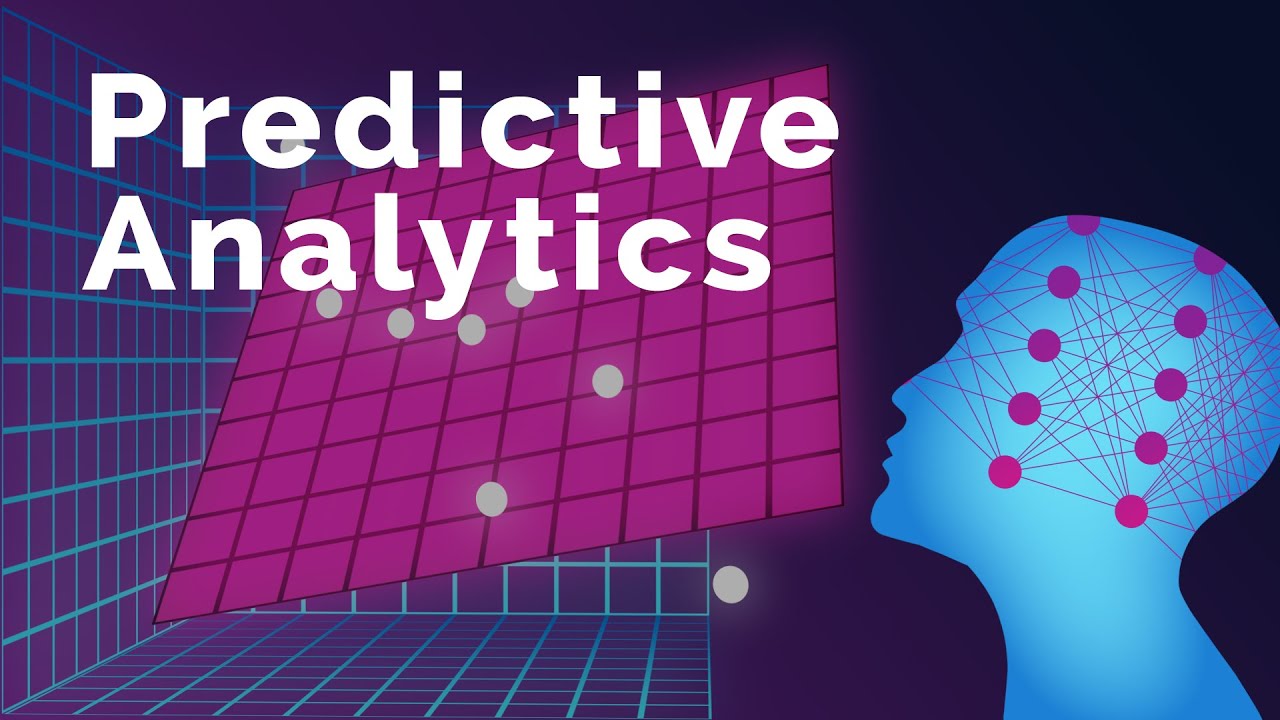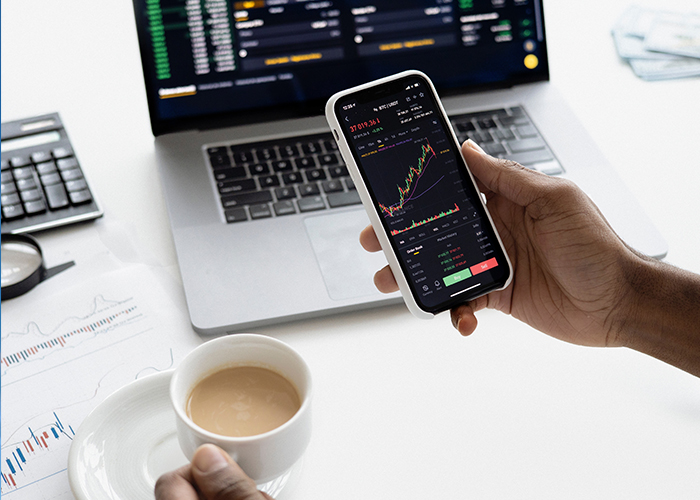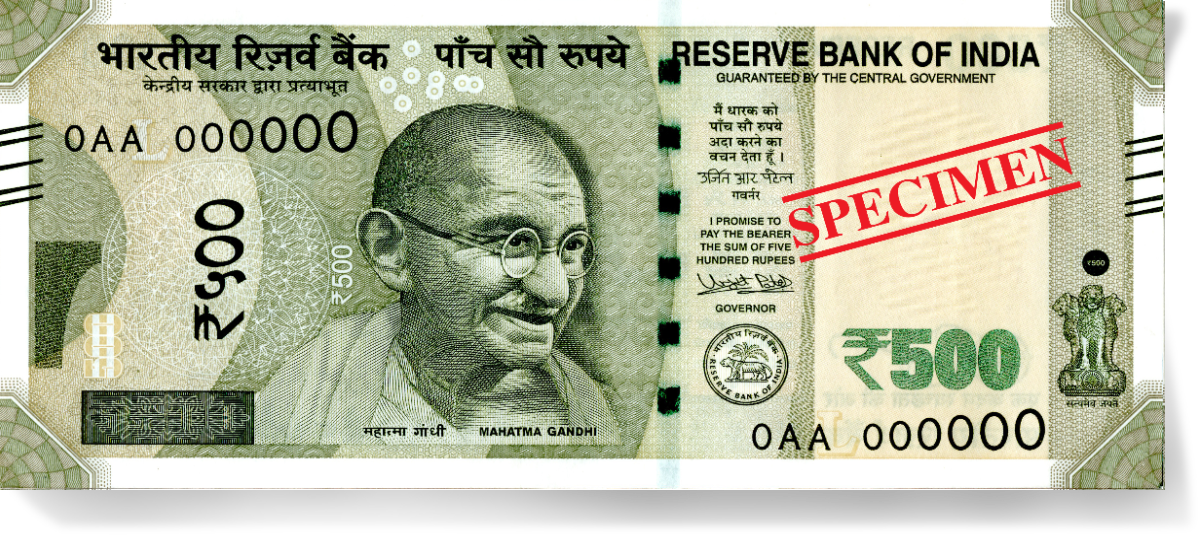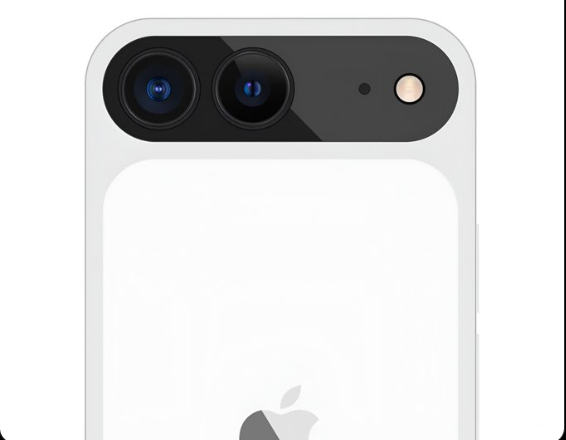Current Trends In Predictive Analytics: The Next Big Thing in Business
Predictive analytics is a powerful tool that can be used to improve decision-making and achieve better outcomes in a variety of industries.
- Predictive analytics is used in a variety of industries, including retail, finance, healthcare, and manufacturing.
- Improved decision-making ,Reduced risk
- Increased efficiency, Improved customer satisfaction
Predictive analytics, finance, Future, Data, Risk
Current Trends In Predictive Analytics: The Next Big Thing in Business
Predictive analytics: A powerful tool for predicting future outcomes
Predictive analytics is a type of advanced analytics that uses historical data to predict future outcomes. It uses statistical modeling, machine learning, and data mining techniques to identify patterns and trends in the data. Predictive analytics can be used to predict a wide range of outcomes, such as customer behavior, fraud, and equipment failure.
Predictive analytics is used in a variety of industries, including retail, finance, healthcare, and manufacturing. Here are some examples of how predictive analytics is being used today:
-
Retail: Predictive analytics can be used to predict customer demand, optimize inventory levels, and target marketing campaigns. For example, a retailer might use predictive analytics to predict which customers are most likely to purchase a particular product. The retailer could then target these customers with personalized marketing campaigns.
- Finance: Predictive analytics can be used to detect fraud, assess risk, and predict market trends. For example, a bank might use predictive analytics to detect fraudulent transactions. Or, an investment firm might use predictive analytics to predict the stock market.
- Healthcare: Predictive analytics can be used to diagnose diseases, predict patient outcomes, and develop personalized treatment plans. For example, a hospital might use predictive analytics to identify patients who are at high risk of developing a particular disease. The hospital could then intervene early to prevent the disease from developing.
- Manufacturing: Predictive analytics can be used to predict equipment failure, optimize production schedules, and improve quality control. For example, a manufacturer might use predictive analytics to predict when a piece of equipment is likely to fail. The manufacturer could then schedule maintenance to prevent the equipment from failing.
Predictive analytics is a powerful tool that can be used to improve decision-making and achieve better outcomes. Here are some of the benefits of using predictive analytics:
-
Improved decision-making: Predictive analytics can help organizations make better decisions by providing insights into future outcomes. For example, a retailer might use predictive analytics to decide how much inventory to order for a particular product. Or, a bank might use predictive analytics to decide whether to approve a loan application.
- Reduced risk: Predictive analytics can help organizations identify and mitigate risks. For example, a bank might use predictive analytics to identify customers who are at high risk of defaulting on a loan. The bank could then take steps to mitigate this risk, such as charging higher interest rates or requiring a larger down payment.
- Increased efficiency: Predictive analytics can help organizations automate tasks and improve efficiency. For example, a manufacturer might use predictive analytics to automate the scheduling of maintenance for its equipment. Or, a retailer might use predictive analytics to automate the targeting of marketing campaigns.
- Improved customer satisfaction: Predictive analytics can help organizations understand their customers better and provide them with more personalized experiences. For example, a retailer might use predictive analytics to recommend products to customers that they are likely to be interested in. Or, a bank might use predictive analytics to offer customers personalized financial advice.
Overall, predictive analytics is a valuable tool that can help organizations improve their bottom line and achieve their business goals.
How predictive analytics works
Predictive analytics works by using historical data to identify patterns and trends. These patterns and trends can then be used to predict future outcomes. Predictive analytics models are typically built using statistical modeling, machine learning, and data mining techniques.
Statistical modeling is a set of techniques that are used to analyze data and identify relationships between variables. Machine learning is a type of artificial intelligence that allows computers to learn from data without being explicitly programmed. Data mining is a process of extracting knowledge from large amounts of data.
Once a predictive analytics model has been built, it can be used to predict future outcomes. For example, a retailer might use a predictive analytics model to predict which customers are most likely to purchase a particular product. The retailer could then target these customers with personalized marketing campaigns.
Challenges of using predictive analytics
One of the biggest challenges of using predictive analytics is the need for high-quality data. Predictive analytics models are only as good as the data that they are trained on. If the data is inaccurate or incomplete, the predictions will be inaccurate.
Another challenge of using predictive analytics is the need for skilled personnel. Predictive analytics models can be complex and difficult to build and maintain. Organizations need to have skilled personnel who can develop and deploy predictive analytics models.
Some tips for getting started with predictive analytics:
- Collect data: The first step is to collect high-quality data. The data should be accurate, complete, and relevant to the outcomes that you want to predict.
- Clean and prepare the data: Once you have collected your data, you need to clean and prepare it for analysis.
- Choose a predictive analytics tool: There are a number of different predictive analytics tools available. Choose a tool that is appropriate for your needs and budget.
- Build a predictive analytics model: Once you have chosen a predictive analytics tool, you can start building a predictive analytics model.
- Evaluate the predictive analytics model: Once you have built a predictive analytics model, you need to evaluate it to see how well it performs. This can be done by testing the model on a holdout dataset.
- Deploy the predictive analytics model: Once you are satisfied with the performance of your predictive analytics model, you can deploy it to production.
Predictive analytics can be a complex and challenging process, but it is also a very rewarding one. By following the tips above, you can get started with predictive analytics and start reaping the benefits.
End of Conclusion
Predictive analytics is a powerful tool that can be used to improve decision-making and achieve better outcomes in a variety of industries. It uses historical data to identify patterns and trends, which can then be used to predict future outcomes. Predictive analytics can be used to predict a wide range of outcomes, such as customer behavior, fraud, and equipment failure.
Predictive analytics offers a number of benefits, including:
- Improved decision-making:
- Reduced risk
- Increased efficiency
- Improved customer satisfaction
- However, there are also some challenges associated with using predictive analytics, such as the need for high-quality data and skilled personnel.
Overall, predictive analytics is a valuable tool that can help organizations improve their bottom line and achieve their business goals. However, it is important to be aware of the challenges of using predictive analytics, such as the need for high-quality data and skilled personnel.
Writer
Devraj Gorai


























